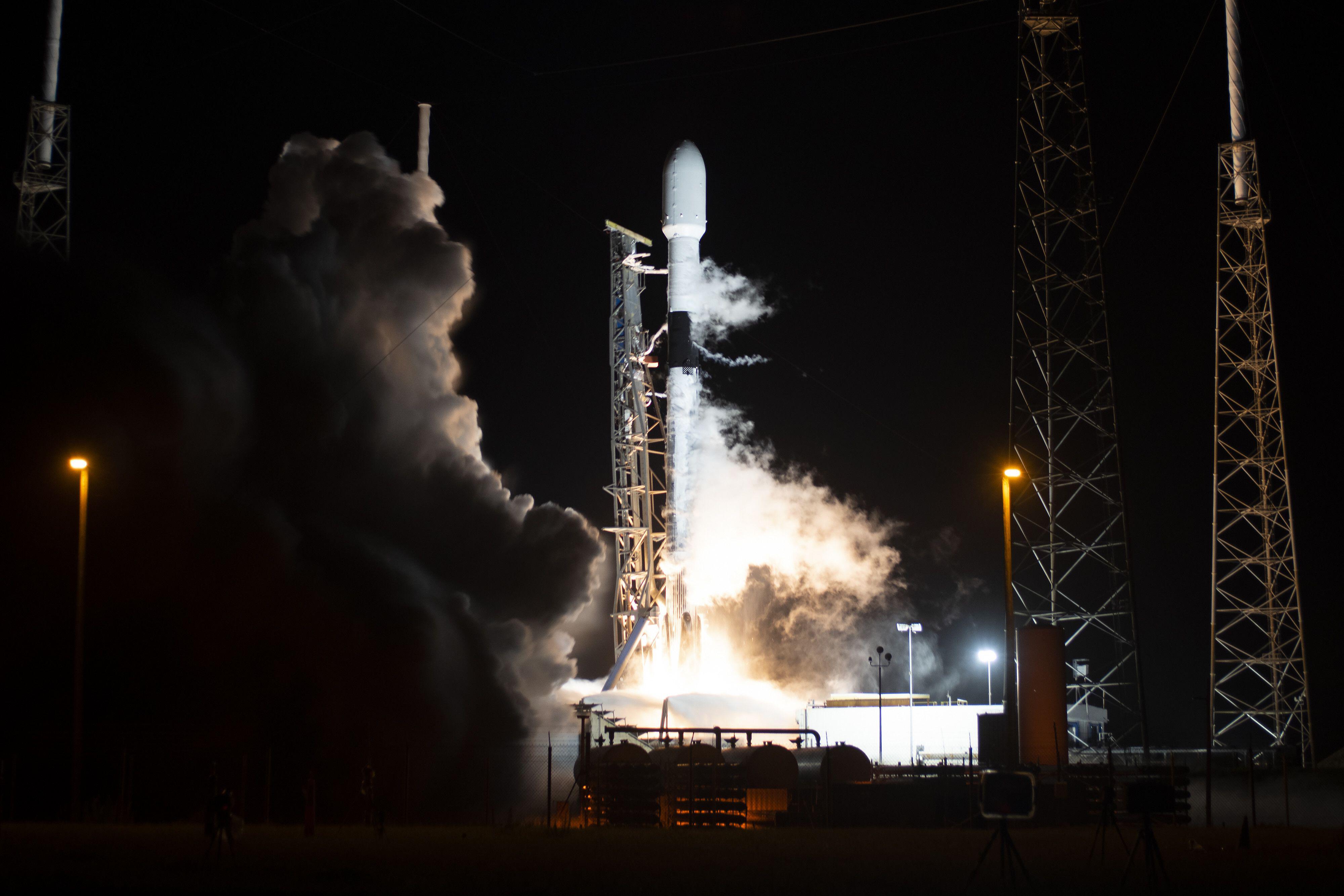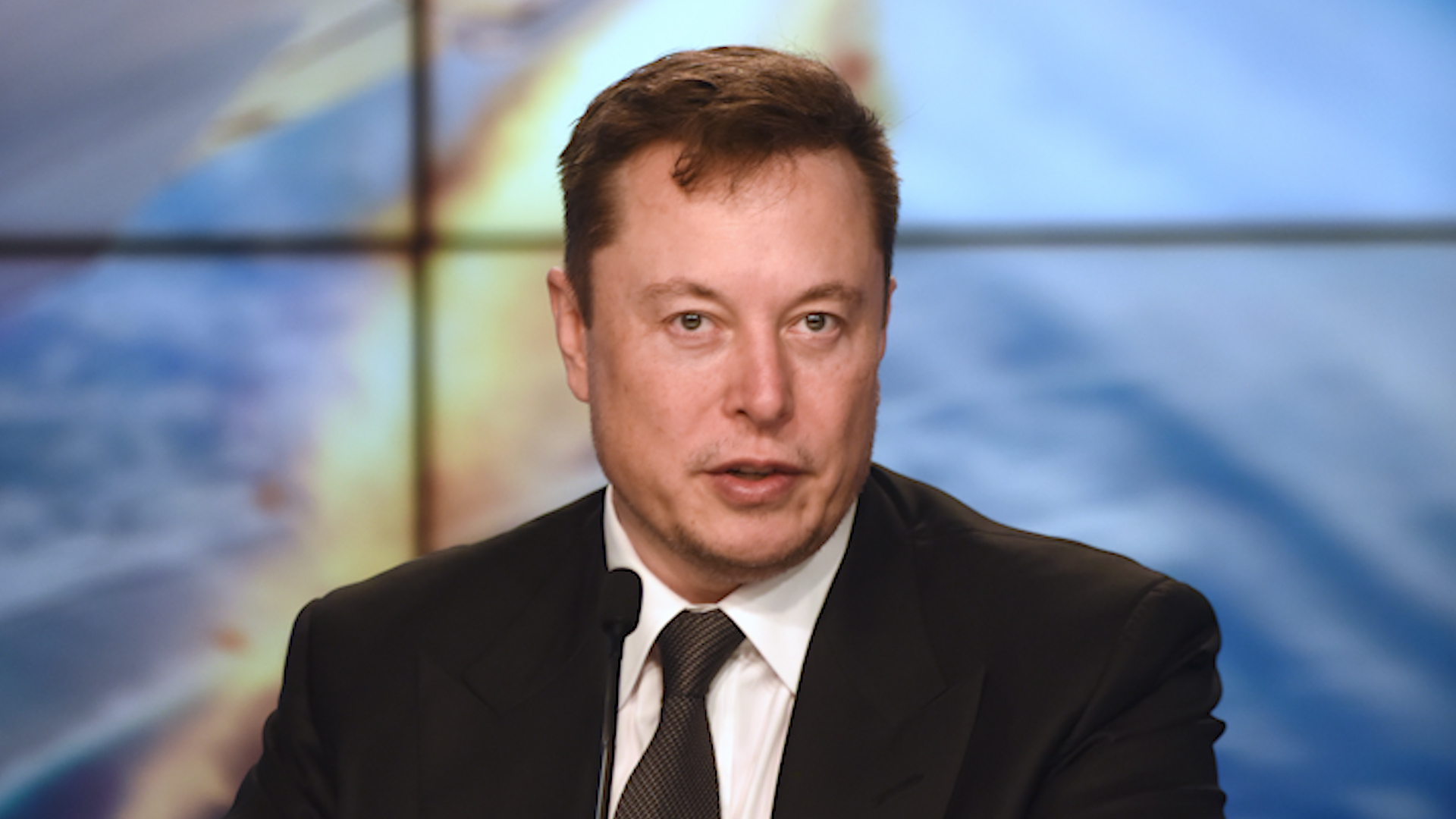Elon Musk's plan to help Ukraine explained
The Ukrainian Vice Prime Minister has called on Elon Musk to support Ukraine with access to satellite internet.
The billionaire tech owner of SpaceX answered the call.
Mykhailo Fedorov, who is the Ukrainian minister of digital transformation, as well as vice-prime minister, asked Musk to "provide Ukraine with Starlink stations and to address sane Russians to stand".
Fedorov's tweet was sent at midday. By 10pm on the same day, Musk replied: "Starlink service is now active in Ukraine. More terminals en route."
Internet services have been severely disrupted in parts of the country since the Russian invasion, according to internet monitor Netblocks.
On Monday a truck full of Starlink equipment arrived in Ukraine.
What is Starlink?
Starlink is a global high-speed internet provider.
It works through a connection between thousands of low-orbiting satellites.
It is still in beta mode and, in theory, is able to provide higher-speed internet because it works off low orbiting satellites – the theory is the signal does not need to travel as high.
Elon Musk's aerospace company Space X that builds rockets and other spacecraft has been working on developing Starlink for the past few years.
The broadband operator has thousands of satellites in low orbit and plans to launch 42,000 more according to a company filing with the International Telecommunication Union.
To connect to Starlink, internet users need 'a terminal', which is essentially a small square satellite dish that receives the signal.
In Elon Musk's reply on Twitter he said "More terminals en route." However, it is not clear how they will be transported to the people of war-torn Ukraine or whether Starlink would be used only for government or military purposes.
What makes it perfect for use in war zones?
The Starlink network provides internet services to customers in more than 20 countries, now including Ukraine.
Technically, Starlink can provide the whole globe with internet but is only available in some countries due to licensing and other agreements.
What makes Starlink a gamechanger is that it can be deployed within minutes because it does not require traditional infrastructure on the ground.
This means that with a 'terminal' and router it can be accessed from remote and rural places, as well as after infrastructure has been devastated due to natural disaster or war.
In January, after a volcanic eruption and tsunami, remote villages in Tonga were cut off from the internet. Starlink stepped in and offered the service free of charge.
The satellite internet provider is ideally suited to provide high-speed internet to rural communities where connectivity is unreliable, slow or completely unavailable, making it an intriguing solution for connectivity in zones hit by war, like Ukraine, or a natural disaster, like Tonga.

Could it be the future of the internet?
What makes Starlink different from other internet providers is that it uses satellites that are in the Earth's low orbit. In theory, satellites that are close to the earth provide faster speed internet.
According to the company's own website, Starlink "enables video calls, online gaming, streaming, and other high data rate activities that historically have not been possible with satellite internet".
"Users can expect to see download speeds between 100 Mb/s and 200 Mb/s and latency as low as 20ms in most locations."
With 99% of global data transmitted via subsea cables, it is important to have an alternative way of accessing the internet, so that not all digital eggs are in the same basket.
Fibre optic cables laid across the world's oceans carry data that permits everything from financial traffic and stock trading to our ability to enjoy Netflix.
There are more than 380 cables in use today, forming a series of networks more than 750,000 miles long.
These cables are an important strategic asset that can be attacked by submarines of hostile nations.
One of the priorities outlined in the latest Integrated Review was plans for the Royal Navy to monitor sea cables that carry the internet below the surface of the ocean and ensure that they are safe and secure from attacks.

Remaining questions
In the US, Starlink internet pre-orders currently cost $99 a month.
The 'kit' required costs $499, which includes a small white satellite dish and a router. Across the US, the shipping and handling fee is $50.
It is currently unclear how Ukrainians would receive the hardware needed for Starlink to work.
While Starlink services have been provided to rural communities in Tonga free of charge, the question also remains about whether Ukrainians will have to pay the usual Starlink fees.
SpaceX has been contacted for comment.








